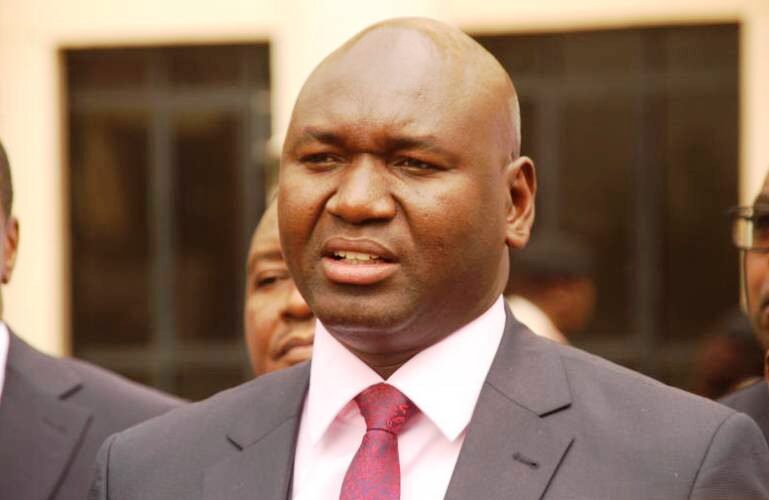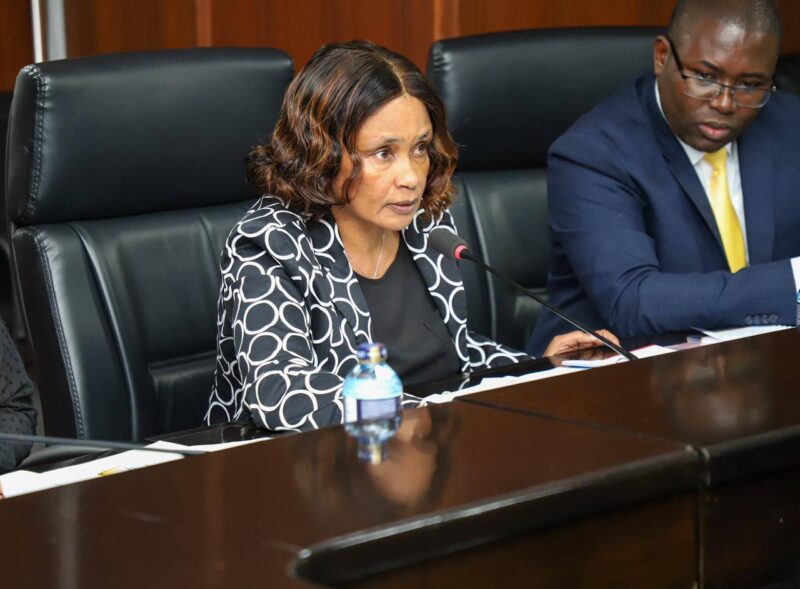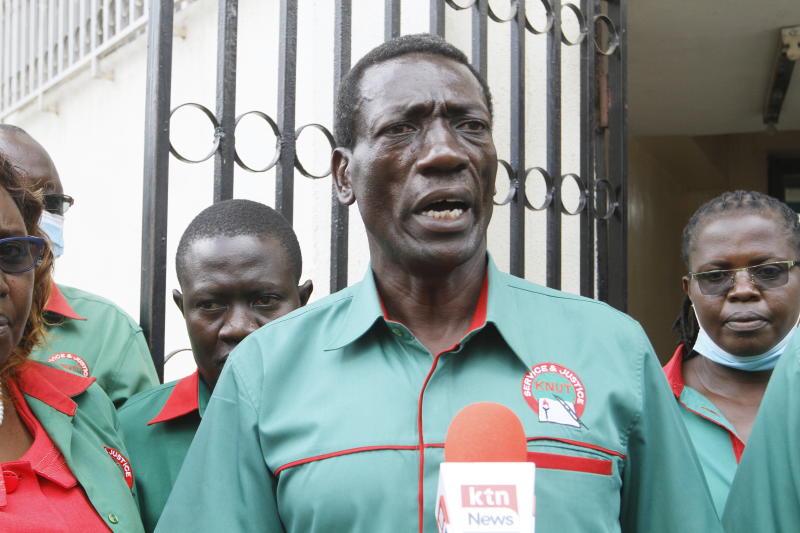Thousands of primary school learners across Kenya risk being sidelined from crucial government capitation after 3,485 schools were flagged in a nationwide audit for errors in their data submissions. The review, covering all 47 counties, revealed multiple cases of schools submitting incomplete or incorrectly formatted information, raising concerns over accountability in the education sector.
Schools Risk Losing Funding Over Faulty Data Submissions




